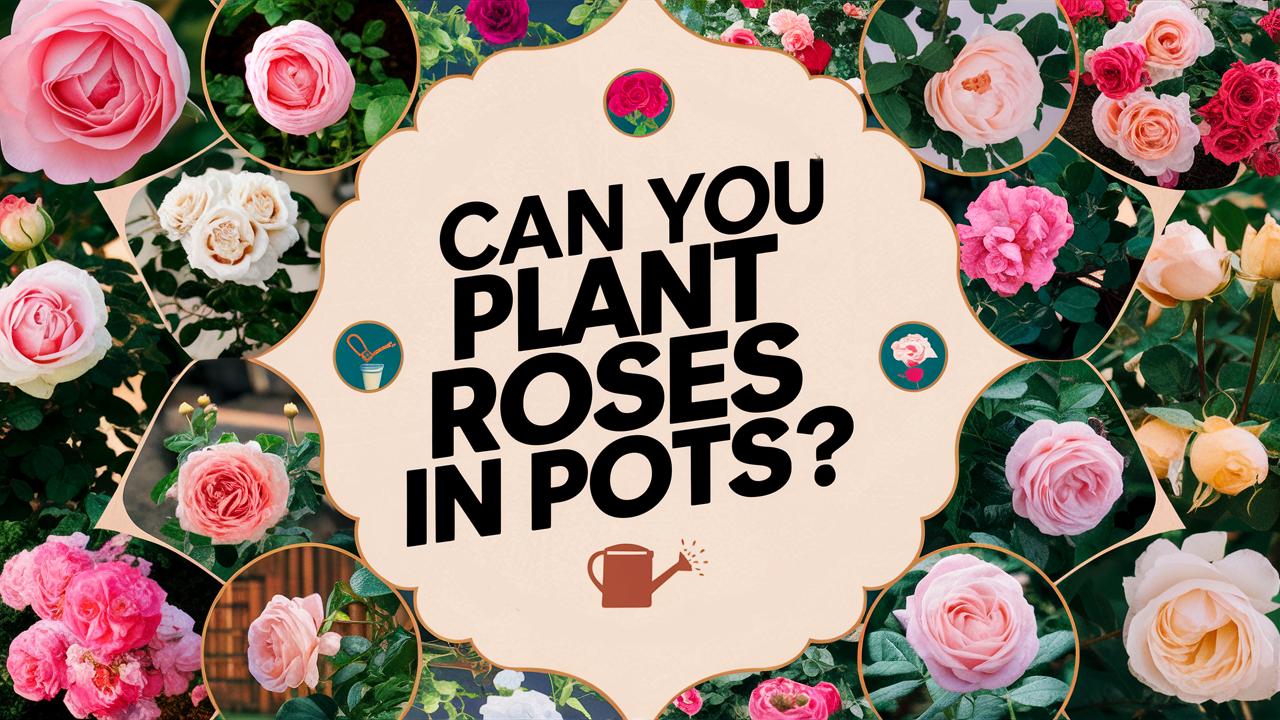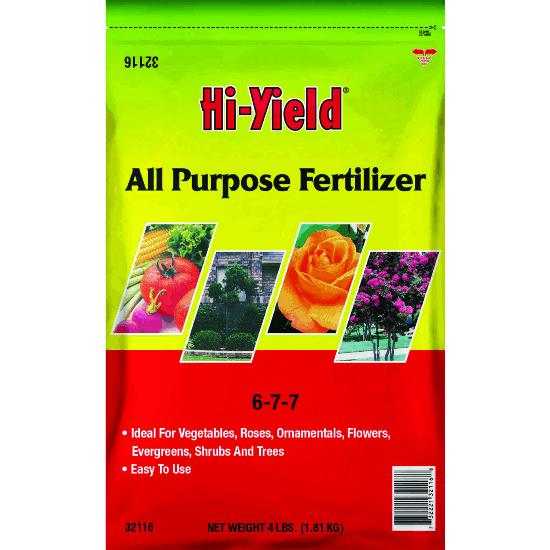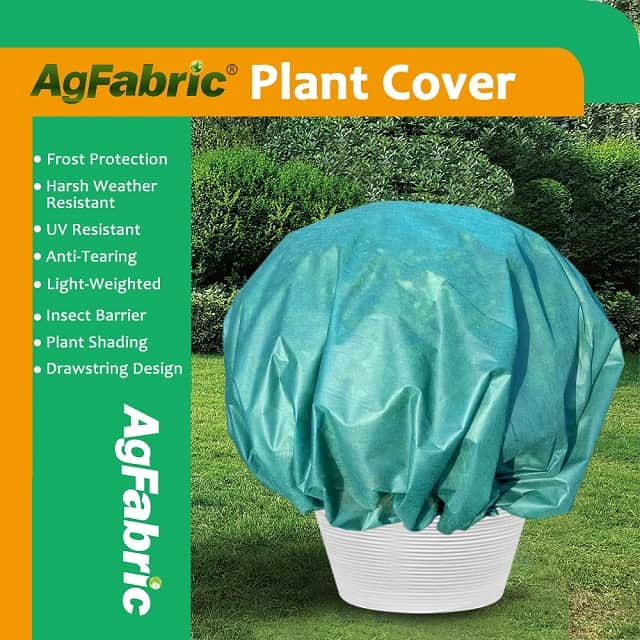If you have a small space, a patio, or limited mobility, you might wonder: can you plant roses in pots? The simple answer is yes! However, planting roses in containers comes with its own set of challenges and rewards. In this blog post, we’ll explore everything you need to know about cultivating these timeless beauties in pots, ensuring you achieve a flourishing rose garden right at your doorstep.
Understanding the Roses: Varieties and Selection
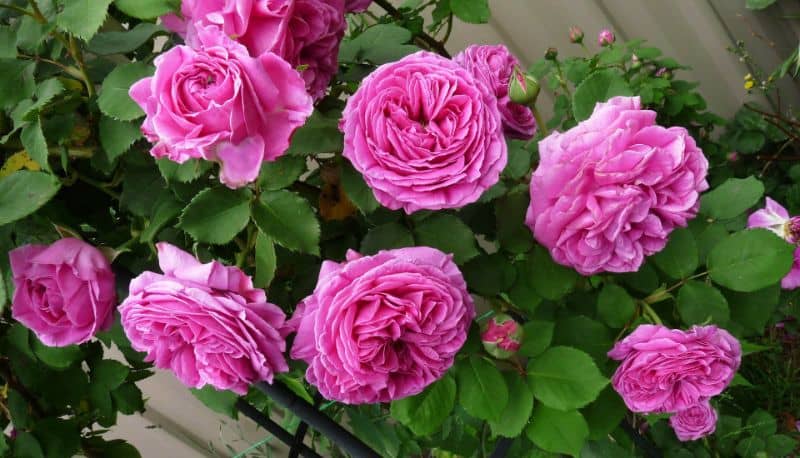
Before diving into the logistics of planting roses in pots, it’s essential to understand the different types of roses available. Roses come in various species and hybrids, each with unique growth habits and care requirements. Here are a few categories to consider:
Hybrid Teas: Known for their long-stemmed blooms and classic rose shape, hybrid teas are perfect for cut flowers. However, they often require more care and larger pots to accommodate their root systems.
Floribundas: This type produces clusters of flowers on shorter stems and is generally more resilient, making them well-suited for pot cultivation.
Miniature Roses: These compact varieties thrive in smaller containers and are perfect for patios or balcony spaces. Their size doesn’t detract from their beauty; they often pack a punch in terms of color and fragrance.
Climbing Roses: While these roses are best known for their climbing abilities, dwarf varieties can also be grown in pots if you provide adequate support and care.
David Austin Roses: Renowned for their fragrant blooms and English garden appeal, many of these roses can adapt well to container life if selected judiciously.
When selecting roses for pot planting, consider the conditions of your outdoor space: sunlight, wind exposure, and your local climate will significantly influence which varieties will thrive.
Choosing the Right Pot: Size and Material
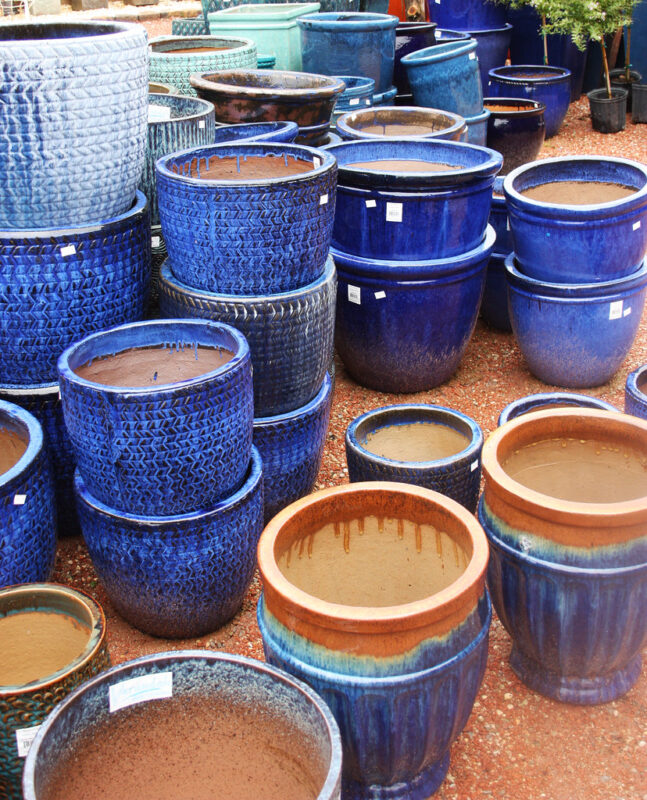
The success of your potted roses greatly depends on the pot you select. Size is a critical factor: roses need space to spread their roots. Generally, a pot should be at least 12-18 inches deep and wide for most types of roses. Larger pots allow for better drainage, which is crucial to prevent root rot, a common issue in container gardening.
Material also plays a pivotal role in the health of your roses. Here are a few options to consider:
Terracotta: While attractive, terracotta can dry out quickly and may require more frequent watering. However, they offer excellent breathability for roots.
Plastic: These pots are lightweight and retain moisture well but don’t provide the same breathability as terracotta. Make sure to choose UV-resistant materials to avoid warping.
Wooden Planters: If you want a natural look, wooden planters can be excellent. They need to be properly treated to prevent rot and may need to be lined with a plastic barrier.
Metal: Metal pots can heat up quickly, which is great if you live in a cooler climate; however, they can retain heat and may not be suitable for hotter areas without proper insulation.
Ultimately, opting for pots with good drainage holes is essential. You might even consider layering your pots with gravel or rocks at the bottom to prevent soil compaction.
Soil: The Foundation for Healthy Growth
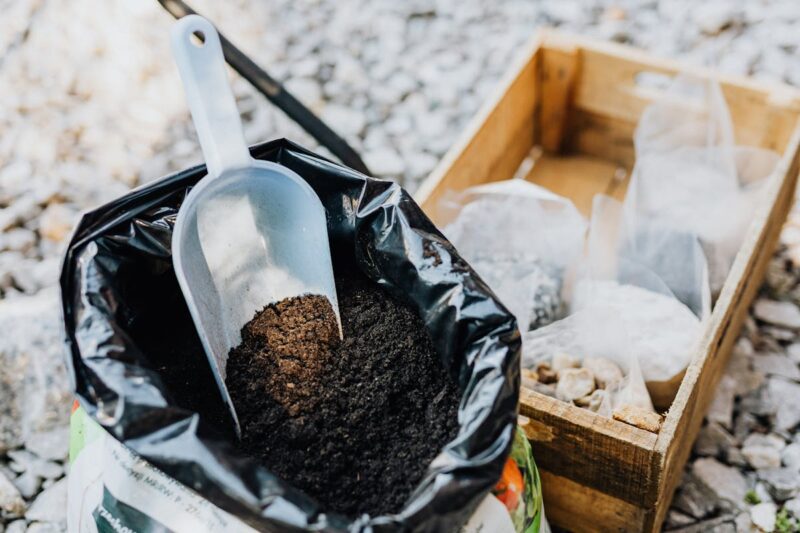
The soil you choose is the lifeblood of your roses in pots. Roses prefer well-draining soil that retains moisture yet allows excess water to escape. A high-quality potting mix designed for roses or flowering plants is optimal. Look for a mix that contains organic materials like compost or peat moss to provide essential nutrients and enhance moisture retention.
You may also consider mixing your potting soil with perlite or sand to improve drainage. Additionally, adding a slow-release fertilizer can give your roses a nutrient boost, which is particularly important in pots, as nutrients can leach out with regular watering.
Planting Your Roses: Best Practices
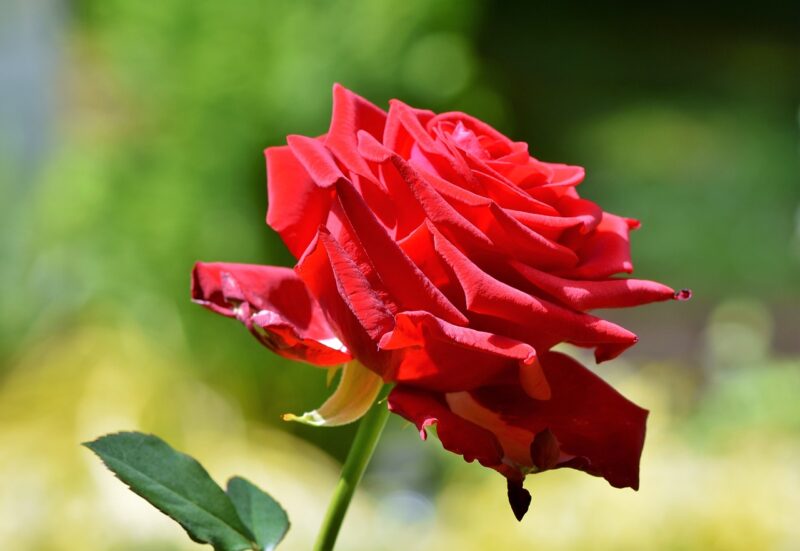
Now that you’ve chosen your pot, soil, and rose variety, it’s time to plant! Follow these best practices for optimal results:
Timing: The best time to plant roses is in early spring or fall, depending on your climate. Avoid planting during extreme temperatures to prevent stress on the young plants.
Preparation: Before planting, soak the roots of bare-root roses in water for a few hours to hydrate them. If you’re working with potted roses, gently ease them out of their container and loosen the roots if they appear root-bound.
Planting Depth: Dig a hole in the potting mix that is deep enough to accommodate the roots without crowding. Generally, plant the rose so that the graft union (the point where the stem meets the roots) is just above the soil level. This helps with airflow and prevents rot.
Tamping Down: After placing the rose in the hole, backfill with potting mix and gently tamp down to remove air pockets. Water deeply after planting to help settle the soil.
Spacing: If planting multiple roses in one large container, ensure you leave ample space between them to allow for air circulation and growth. Generally, plan for 12-18 inches between each plant.
Watering: Finding the Right Balance
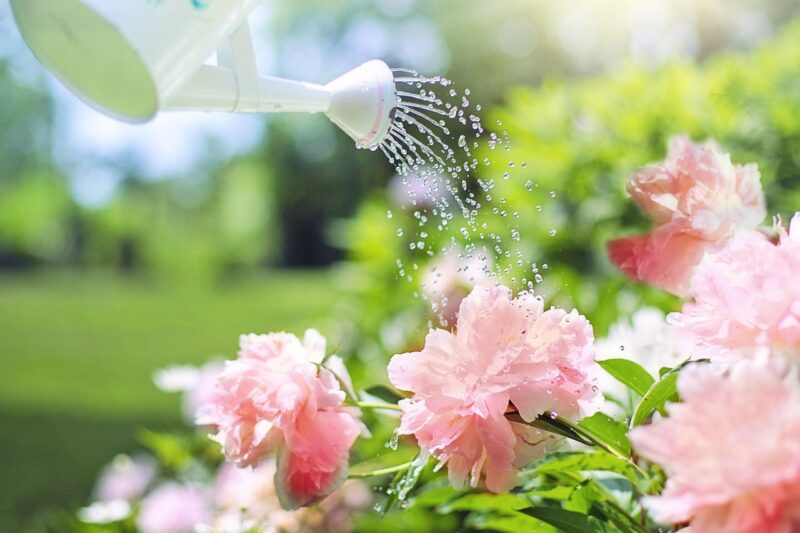
Watering potted roses is one of the most critical aspects of their care. While they need consistent moisture, they don’t thrive in soggy conditions. Here are some guidelines:
Frequency: Generally, potted roses need watering every 1-2 days during hot weather and every 4-7 days in cooler temperatures. However, always check the top inch of soil before watering. If it feels dry, it’s time to water!
Method: Water deeply but infrequently. This encourages deep root growth. Avoid wetting the leaves to reduce the risk of fungal diseases.
Mulch: Applying a layer of mulch on top of the soil helps retain moisture and suppress weeds. Organic mulches like shredded bark or cocoa mulch can also add nutrients as they decompose.
Fertilizing: Nourishing Your Roses
To maintain the health and vibrancy of your potted roses, regular fertilization is essential. Roses are heavy feeders, requiring a rich supply of nutrients, especially nitrogen, phosphorus, and potassium.
Type of Fertilizer: Opt for a balanced, slow-release fertilizer formulated specifically for roses or flowering plants. This type of fertilizer will provide a steady release of nutrients throughout the growing season.
Application Frequency: Feed your roses every 4-6 weeks during the growing season (spring through early fall). Avoid fertilizing during winter unless your climate allows for year-round growth.
Organic Options: If you prefer organic methods, compost tea, fish emulsion, or well-rotted manure can provide excellent nutrients without synthetic chemicals.
Pruning: Keeping Your Potted Roses Healthy

Pruning is a crucial aspect of rose care, especially for container-grown varieties. Proper pruning encourages healthy growth, promotes airflow, and prevents disease. Here’s how to effectively prune your roses:
Timing: Late winter or early spring, just before new growth begins, is the best time to prune most rose types. This allows you to remove any dead or damaged wood and shape the plant for optimal growth.
Technique: Use sharp, clean pruning shears. Remove dead or weak stems and any canes that cross through the center of the plant. Aim to create an open center to improve air circulation.
Shaping: For floribundas and hybrid teas, maintain a balanced shape. With climbing roses, prune to encourage lateral growth along the support structures.
Aftercare: After pruning, it’s a good idea to apply a fungicide to prevent disease and give the roses a nutrient boost with fertilizer.
Protecting Your Roses: Pests and Diseases
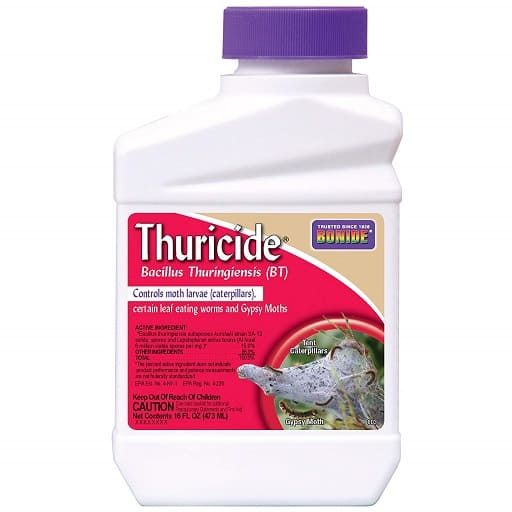
Roses are often susceptible to various pests and diseases, especially in a pot. Being vigilant and proactive will save you a lot of headaches down the line.
Common Pests
Aphids: Small, green insects can be washed off with water or treated with insecticidal soap.
Spider Mites: These tiny pests thrive in dry conditions. Increasing humidity around your roses and regular watering can help deter them.
Japanese Beetles: Hand-picking or using traps can help control their population.
Common Diseases
Powdery Mildew: A fungal disease often caused by poor air circulation. Ensure your roses are not overcrowded and consider using fungicides as needed.
Black Spot: Characterized by dark spots on foliage, this fungal issue can be managed through proper watering and removal of affected leaves.
Preventative measures, including proper spacing, good watering practices, and clean tools, can all help stave off potential problems.
Winterizing Your Potted Roses
If you live in a region with harsh winters, winterizing your potted roses is essential to ensure they return for another blooming season. Here are some key steps:
Insulation: Consider wrapping your pots with burlap or bubble wrap to provide insulation against freezing temperatures. Move them to a sheltered location, such as a garage or shed, if feasible.
Mulching: Applying a layer of mulch can protect the roots from frost and insulate the soil.
Watering: Before the ground freezes, ensure your roses are well-watered, as dry soil can lead to root damage in winter.
Reduced Care: In winter, stop fertilization and provide minimal water. Monitor for any signs of pests indoors.
Enjoying the Beauty: Tips for Displaying Potted Roses
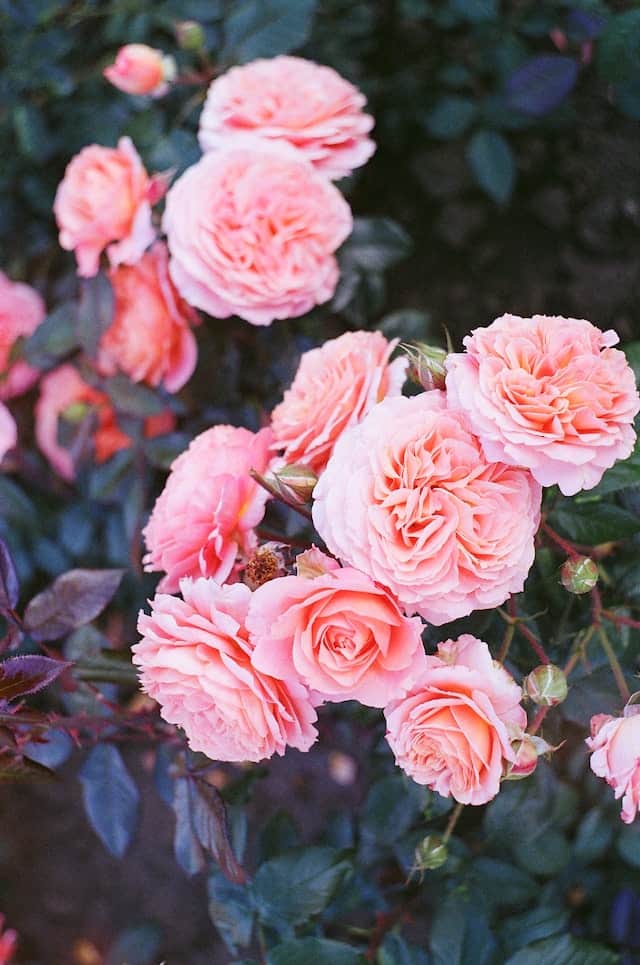
One of the joys of growing roses in pots is the flexibility of their placement. With a little creativity, you can create stunning displays around your home:
Mix and Match: Consider combining different rose varieties for a palette of colors and textures, or pair them with complementary flowers and foliage plants.
Vertical Displays: Utilize plant stands or shelving to create vertical displays, making the most of limited space while adding dimension to your garden.
Window Boxes: If you lack traditional garden space, consider using window boxes filled with miniature roses for charm and fragrance right outside your home.
Seasonal Rotation: As seasons change, rotate your potted roses indoors or at different areas outside to maintain visual interest and maximize sunlight exposure.
Conclusion: The Joy of Growing Roses in Pots
Can you plant roses in pots? Absolutely! With the right knowledge and care, container gardening can be a rewarding experience that allows you to enjoy the beauty and fragrance of roses, even in limited spaces. From choosing the right varieties and pots to understanding watering, fertilization, and pest management, each step contributes to a flourishing rose garden.


